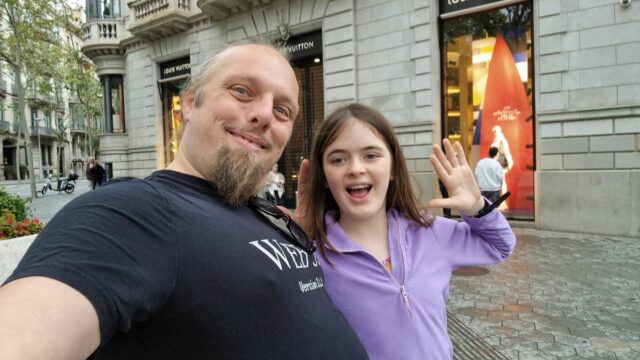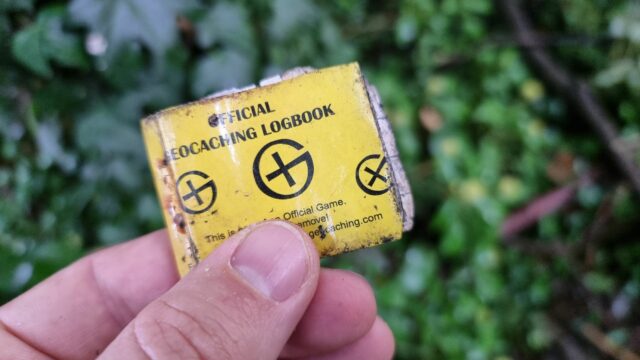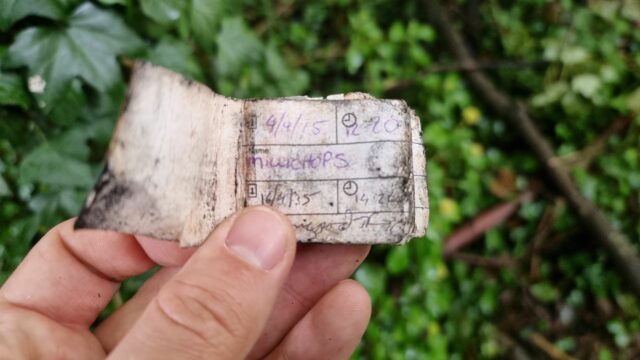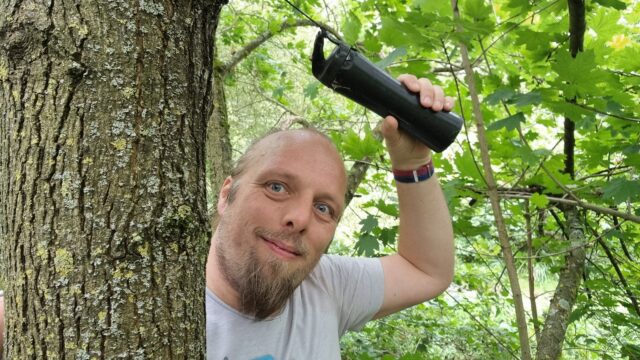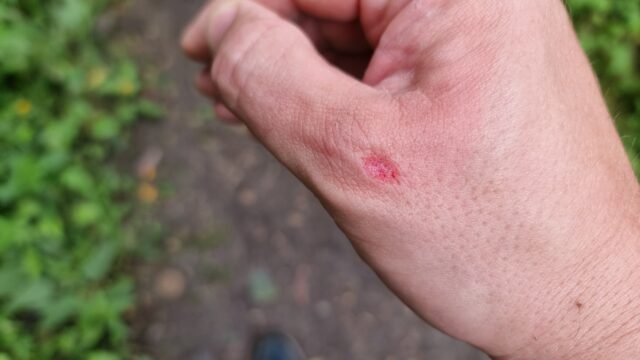This checkin to GC6TKBN MALIP - Monument a les il·lusions perdudes reflects a geocaching.com log entry. See more of Dan's cache logs.
After failing to find this yesterday, I came back earlier this morning for another go. Thanks to the hint, I was pretty confident I’d been looking in the right place, and a message from the CO helped confirm this (gracias!).
There are, in my mind, two significant challenges to this cache:
1. It’s a challenging and unusual hiding place and you will need to use the hint. I see from previous logs that some people used the hint… and still got stuck! Got to look around and see what it could mean. This bit… I got right. In fact, I touched the cache yesterday but just didn’t know it for sure!
2. It’s a busy area in which searching for a geocache… looks a bit suspicious! I came at almost 08:00 yesterday and, probably because it was a weekday, the area had lots of muggles. I felt self-conscious hunting for the cache and that made it harder. Coming back today an hour earlier made all the difference.
A really sneaky cache good enough to hunt for twice. TFTC/GPC. FP awarded. Greetings from Oxfordshire, UK.


